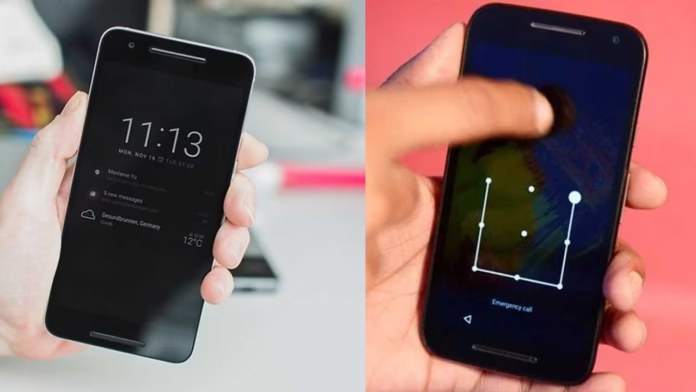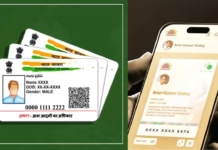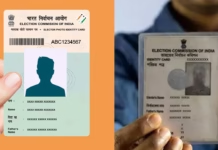In a world where our phones guard everything from personal photos to financial apps, a lock with just a PIN feels almost archaic. AppLock, powered by fingerprint authentication, tries to bring a blend of convenience and security. It’s not just another lock app—it aims to be a silent guardian behind your screen tap.
Why Fingerprint Matters More Than You Think
Passwords and PINs can be guessed, observed, or leaked. Fingerprint adds a biometric barrier that’s harder to imitate. Because each fingerprint is unique, the system significantly reduces impersonation risks. It merges your identity with your device, creating a layer of protection that feels intuitive and personal.
Hidden Vaults and Secret Files
One of the less obvious but powerful traits of AppLock is its vault feature. You can hide images, videos, documents behind another layer, accessible only via fingerprint or PIN. So even if someone bypasses one locked app, your intimate files remain buried deep. It’s like a hidden compartment inside a locked box.
Camouflage Mode: Fool the Intruder
Imagine someone opening an app and seeing an error message instead of a login prompt. That’s disguise mode. AppLock can masquerade as a harmless app icon or show fake error screens to deter snoopers. It’s a psychological trick: make them think nothing is hidden, and they stop digging.
Selfie of the Snooper
One rarely talked about feature is the intruder selfie: when someone enters the wrong password or fingerprint multiple times, AppLock can snap a photo using the front camera. That image is tucked away in logs, letting you see who tried to peek. It’s like having a private guard who never sleeps.
Restart, Reboot, or Replace — Still Protected
Uninstall protection is critical. Even if someone thinks of removing AppLock altogether, that won’t work without authentication. The app can lock its own settings or require the finger to disable its protection. It’s self-protective, making the guard itself difficult to overthrow.
Timing Controls and Smart Unlock
AppLock doesn’t force you to authenticate every single time. You can set delays between locks or whitelist certain Wi-Fi zones or Bluetooth devices. In trusted environments, it eases up. But in uncertain ones, it’s strict. This “smart lock” behavior balances security with practicality.
Invisible Patterns and Randomized Keyboards
To ward off shoulder-surfing, AppLock provides options like invisible draw paths or randomized keyboard layouts. Even if someone watches you unlock, they won’t see the pattern or the actual number sequence. It’s a clever way of turning observation into useless information.
Platform Compatibility and Biometric Support
AppLock works on many Android devices and supports fingerprint and face locks when available. It leverages native biometric APIs where possible. On iOS, similar apps use Face ID or Touch ID. The challenge lies in device hardware variations and permission requirements across platforms.
The Dark Side: Smudge Attacks and Fingerprint Residue
A rarely addressed flaw: fingerprint residue on the screen (smudges). Over time, patterns of usage leave oily traces that attackers with good lighting or cameras can analyze. Even with biometric locks, the physical fingerprint trace becomes a vulnerability—one that advanced users must consider.
Performance & Resource Footprint
A major concern for many is whether protective apps slow down the phone. AppLock is designed to be lightweight. It stays dormant until needed, avoiding high CPU use. But with many features—vault, camera, disguise—the system must be optimized well. Poor coding or heavy themes can drag performance.
Monetization and Ads Dilemma
To stay free, many versions of AppLock use ad revenue. Sometimes it means occasional pop-ups or suggested upgrades. However, a well-balanced version places ads out of critical workflow (not during unlock). Overly aggressive monetization spoils the experience—and trust—from the user.
Download App
Future Directions: AI & Contextual Security
Looking ahead, AppLock could adapt based on user behavior. It might tighten in new locations or relax in familiar zones. Perhaps facial micro-expressions or voice signatures could complement fingerprint. Contextual awareness may become a key shift in how locking apps evolve.





